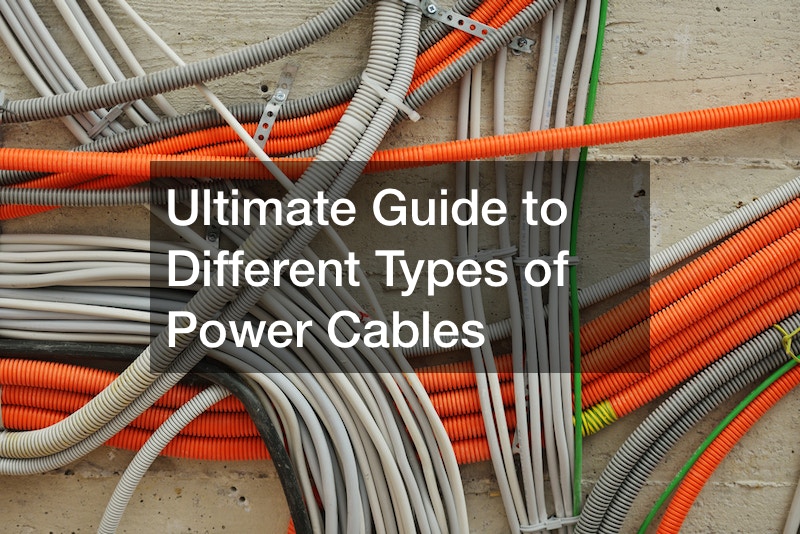
If you’re reworking the electric setup in your house or if you want to expand your general knowledge about cables and wiring, you should keep reading this. The Youtube video “Cable Basics 101: Conductors – Brought to you by Allied Wire & Cable” shows exactly what everyone has to know. Let’s find out more.
Knowing about cables can make a huge difference. You’ll understand whether you need to
buy C14 C15 power cord and other materials to run your house properly. The most important aspect is that the conductor inside the wire moves the electricity around. The plastic surrounding it is meant as protection. Many cables have copper, but other metals such as silver, aluminum, and nickel can also conduct energy. Of course, there are pros and cons to every material.
Aluminum is a great option because it’s lightweight and inexpensive. However, it’s not as effective as copper in terms of conducting. Copper can move electricity quickly and is also affordable. Sometimes, copper is coated with another metal to increase its potency and be used for other purposes. For example, tin-dipped copper can withstand higher temperatures because the tin protects it from corrosion.
You can check the rest of the video for more details about wiring and cables.
.

